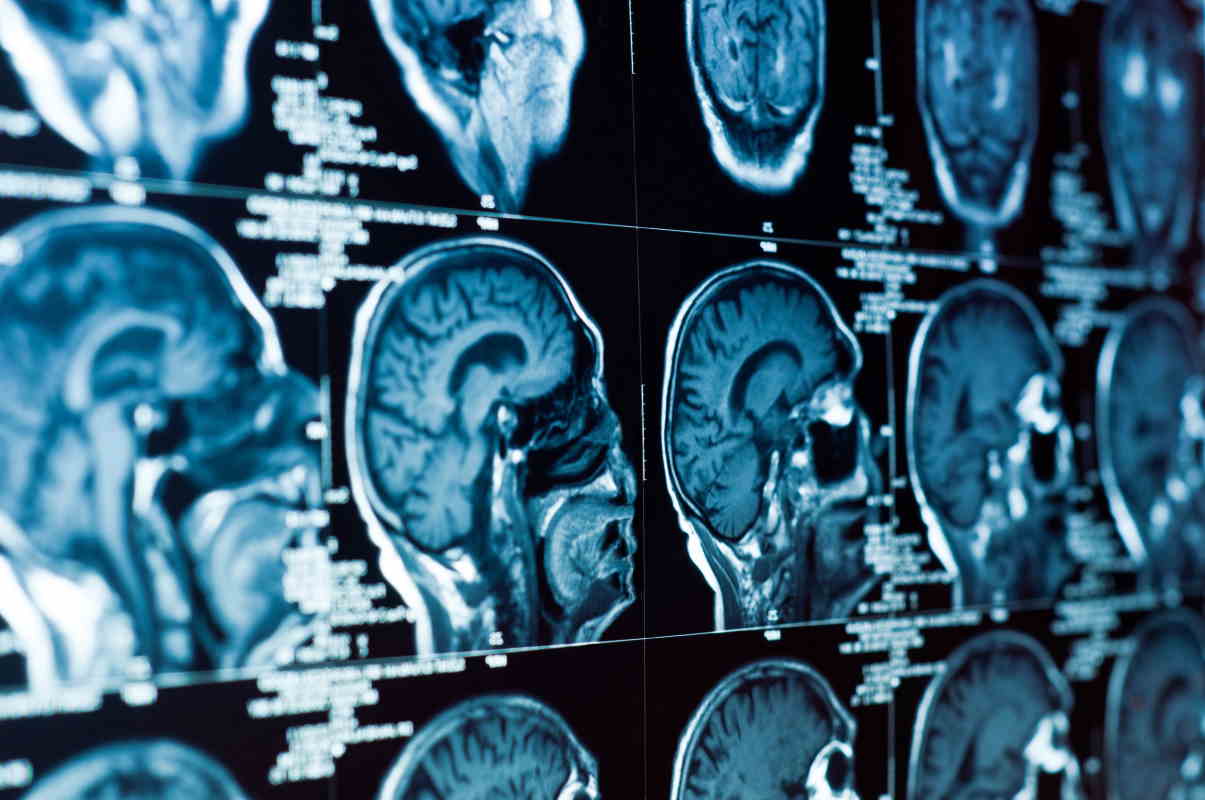Recent research has identified that specific sugar molecules are present in the brain tissue of people with Alzheimer’s disease, defined as early markers of the disease.
@123rf.com
The researchers of the Johns Hopkins Medicine have conducted a new study, in which they claim to have found that a special sugar molecule could play an important role in the development of Alzheimer’s disease.
If the discovery is confirmed by further analysis, the molecule, known as glycancould serve as a new target for early diagnostic tests, treatments, and possibly even disease prevention.
Alzheimer’s disease is the most common form of dementia. It is a progressive disorder that occurs when nerve cells in the brain die due to the accumulation of harmful forms of proteins, called amyloid e yes.
Cleaning up these pathogenic forms is the job of the brain’s immune cells, called microglia. Previous research has found that Alzheimer’s disease is more likely to occur when this cleansing process is impaired.
In some people, this is caused by an overabundance of a receptor on the microglia cells, called CD33. CD33 is a special sugar known to scientists as glycan.
These molecules are carried around the cell by specialized proteins that help them find their appropriate receptors. The combination protein-glycan is called glycoprotein.
(Read also: Alzheimer’s: Walking at this speed after age 60 can be one of the first signs of dementia)
I study
In an effort to find out which specific glycoprotein links to CD33, the research team obtained brain tissue from five people who died from Alzheimer’s and five people who died from other causes. Of the many thousands of glycoproteins collected from brain tissues, only one was linked to CD33.
The research team was able to conclude that the protein portion of the glycoprotein was receptor tyrosine phosphatase (RPTP) zeta. The researchers called the combined glycoprotein structure RPTP zeta S3L.
Further experiments showed that the brain tissue of the five people who died with Alzheimer’s had more than twice as many RPTP zeta S3L than those who did not have the disease.
This implies that this glycoprotein could connect with multiple CD33 receptors, limiting the brain’s ability to clean up harmful proteins.
The identification of this unique glycoprotein provides a step towards the search for new drug targets and potentially early diagnosis for Alzheimer’s.
Next, the researchers plan to further study the structure of RPTP zeta S3L to determine how its attached glycans give the glycoprotein its unique ability to interact with CD33.
Follow us on Telegram | Instagram | Facebook | TikTok | Youtube
Source: Journal of Biological Chemestry
OnAlzheimer could it be interesting for you:
